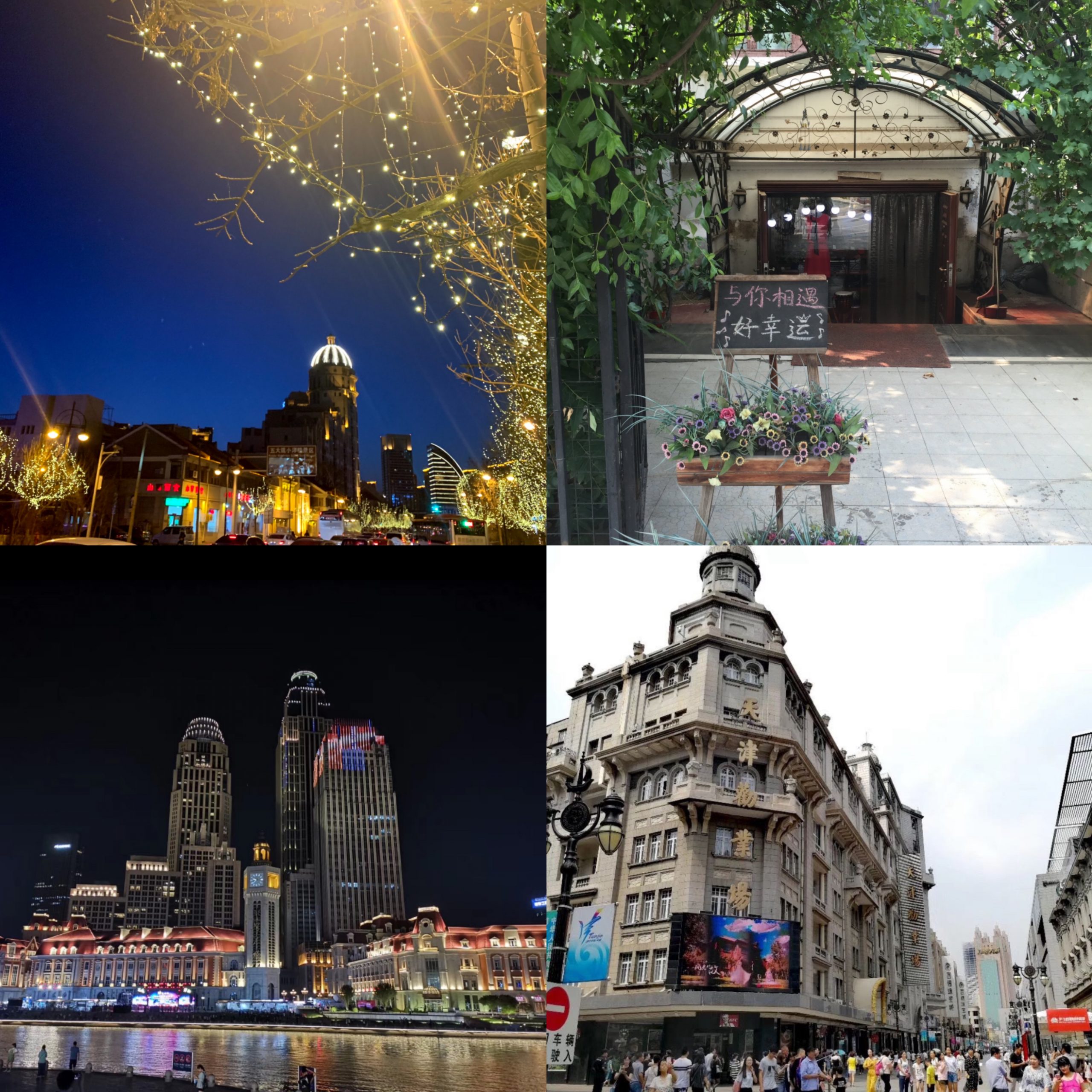Did you know that many people from northern China can speak many different dialects? Many Chinese languages from the north and west are closely related to standard Mandarin, the official state language. Because of this, when people travel throughout these regions, or meet friends from new places, they can learn to speak in new ways.
Beijing Province

Beijing is the current capital of mainland China. It is located in northern China, and its name means “northern capital.” Beijing has a long history, and served as the capital of the Ming Dynasty (1421-1644), the Qing Dynasty (1644-1912), the early Republic of China (1912-1928), and the contemporary People’s Republic of China (1949-present). You can visit many landmarks that showcase Beijing’s imperial history, including the Temple of Heaven and the Forbidden City.
Read more
Beijing’s dialect (Ch. 北京话) is the basis of standard Mandarin (Ch. 普通话), the official language in mainland China. It is famous for the use of the sound “r” (Ch. 儿) at the end of many words.
Shaanxi Province

Shaanxi (Ch. 山西) is a province in western China that is best known for its spectacular cultural heritage, including the Terracotta Army located outside of Xi’an, the capital city. The local variety of Mandarin spoken in Shaanxi is known as “Shaanxi dialect” (Ch. 山西话). It is the mother tongue of an estimated 10-20 million people.
Read more
Xi’an’s famous Terracotta Army dates to approximately the third century BCE, and includes warriors with individualized faces and horses that were built as a funerary project for the first documented emperor in Chinese history.The city of Xi’an is also renowned for its street food, including delicacies of bread and noodles that form part of the heritage of the Muslim Hui community (Ch. 回族). The name of Xi’an’s wide, belt-like noodles, biang biang noodles, is written using the most complex Chinese character. It includes no less than 58 pen strokes (“biang” can’t be typed on a keyboard, but you can read more about the character here!)!
Tianjin City

Tianjin is a coastal city in northern China, which was established as a trade centre in the 17th century. The local variety of Mandarin spoken in Tianjin is known as “Tianjin dialect” (Ch.天津话). There are approximately 6 million speakers of Tianjin dialect.
Read more
Throughout the 19th-20th centuries, Tianjin’s culture was heavily influenced by European missionaries, diplomats, and traders. This influence can still be seen in much of the city’s distinctive European-style architecture. Tianjin is also famous for its rich culture of Xiangsheng (相声), or “Crosstalk.” This is a form of comedic performance involving a dialogue between two performers that dates to the late Qing dynasty. Xiangsheng inolves four key skills: talking (说), imitating (学),teasing (斗)and singing (唱).While Xiangsheng can be performed in multiple varieties of Mandarin, it is especially popular in Tianjin dialect because performers play with Tianjin dialect’s distinctive tone structure.
Read more about Xiangsheng in this article by Peter Zhang!
Sichuan Province

Sichuan (Ch. 四川)is a province in southwestern China, that is home to a multiethnic and multilingual population. The local variety of Mandarin, Sichuanese (Ch. 四川话), is spoken commonly in the major cities of Chengdu and Chongqing. Sichuan province reaches all the way from rainforests in the south to the Tibetan plateau in the north.
Read more
Sichuan is most famous for two things: spicy food, and the panda bear. The panda’s native habitat is located in Sichuan, and you can visit pandas at multiple rehabilitation centers throughout the province. Also, people from Sichuan tend to love spicy food. Sichuan is very humid — damp in the winter and hot in the summer. It is said that, to cope with the variable weather, Sichuanese have spiked their diet with warming, spicy foods like garlic, ginger, and Sichuan pepper (known as “numbing pepper”).
Read more about the Sichuan pepper in this article by Andrew Leonard!
Shandong Province

Shandong (Ch. 山东) is a province in northeastern China. Its name combines the characters for “mountain,” (山) and “east” (东), meaning “east of the mountains.” It is believed that this name refers to the province’s location east of the Taihang mountain range.
Read more
Yantai, the city mentioned in our website’s article, is located on the eastern coast of Shandong. This city used to be known as “Zhifu”, but now Zhifu refers to a district within Yantai city.This article is told in “Jiao-Liao Mandarin” (Ch. 胶辽官话), a variety of Mandarin with an estimated 35 million speakers. Jiao-Liao Mandarin is spoken in the eastern coastal region of Shandong, from Qingdao city in the south to Yantai city in the north, as well as in parts of Jiangsu and Liaoning provinces.
Xinjiang Uygur Autonomous Region

Xinjiang is an autonomous region located in China’s far northwest. Xinjiang is the largest province-level territory in mainland China, although, due to its harsh desert climate, the majority of its landmass is not suitable for human habitation. Located at the crossroads of central and east Asia, the primary route of the Silk Road wound through Xinjiang.
Read more
Xinjiang is home to 47 officially recognized ethnic groups, who speak 44 documented languages in addition to Mandarin. Xinjiang’s largest languages are Mandarin and Uyghur, both of which are designated as official languages in this region. Mandarin is the native language of about 10 million inhabitants in Xinjiang from the Han Chinese, Hui, and Manchu communities. The Mandarin language spoken in Xinjiang is more standardized than in other regions because of its relatively recent introduction to this frontier region. Uyghur is the native language of about 10 million native speakers from the Uyghur community, who trace their heritage to central Asia. Uyghur is a Turkic language, with a distinct writing system. Read more about the Uyghur language in this report from linguistic anthropologist Arienne Dwyer: https://www.files.ethz.ch/isn/26109/PS015.pdf.